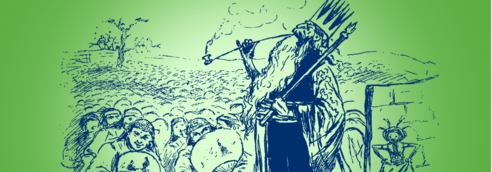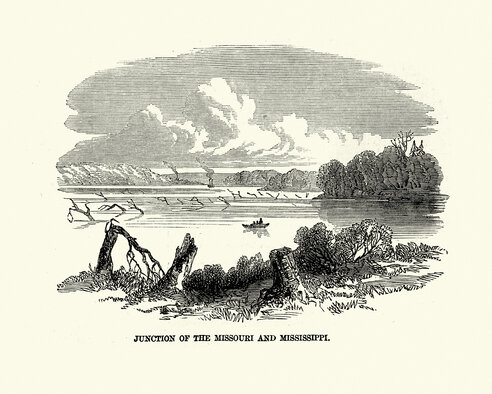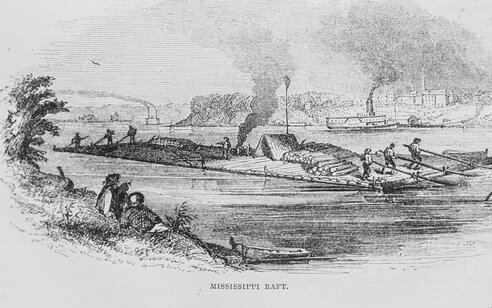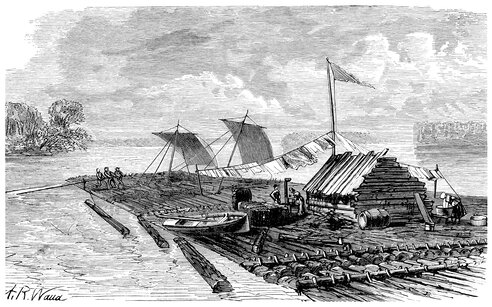Give students the following excerpt from Literature and Life by the American author William Dean Howells. Explain that Howells wrote the essays in Literature and Life at the end of the 19th century and the very beginning of the 20th century. Howells was Twain’s contemporary, and both were adherents of realism.
The following is an excerpt from an essay in Literature and Life:
We [American authors] have been now some hundred years building up a state on the affirmation of the essential equality of men in their rights and duties, and whether we have been right or been wrong the gods have taken us at our word, and have responded to us with a civilization in which there is no “distinction” perceptible to the eye that loves and values it. Such beauty and such grandeur as we have is common
beauty, common grandeur, or the beauty and grandeur in which the quality of solidarity so prevails that neither distinguishes itself to the disadvantage of anything else. It seems to me that these conditions invite the artist to the study and the appreciation of the common, and to the portrayal in every art of those finer and higher aspects which unite rather than sever humanity, if he would thrive in our new order of things. The talent that is robust enough to front the every‐day world and catch the charm of its work‐worn, care‐worn, brave, kindly face, need not fear the encounter, though it seems terrible to the sort nurtured in the superstition of the romantic, the bizarre, the heroic, the distinguished, as the things alone worthy of painting or carving or writing. The arts must become democratic, and then we shall have the expression of America in art.
—William Dean Howells






